Old & New Europe: Italy & Sweden in 2019
June, 2019
Spending only two weeks in Europe is very short when considering all that can be seen and done. Yet my recent two-week European trip was so intensely filled, that the day two weeks ago when we began this trip seems like some time in the distant past.
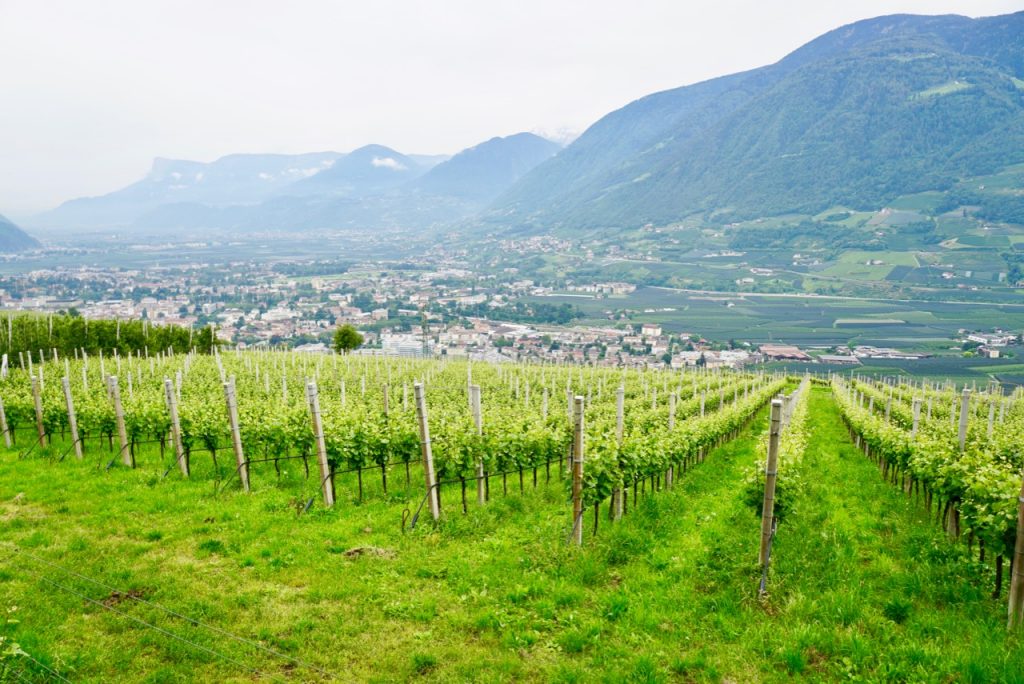
The two weeks in Europe included visits to three different locations:
To begin, there was one day & night in Stockholm, Sweden.
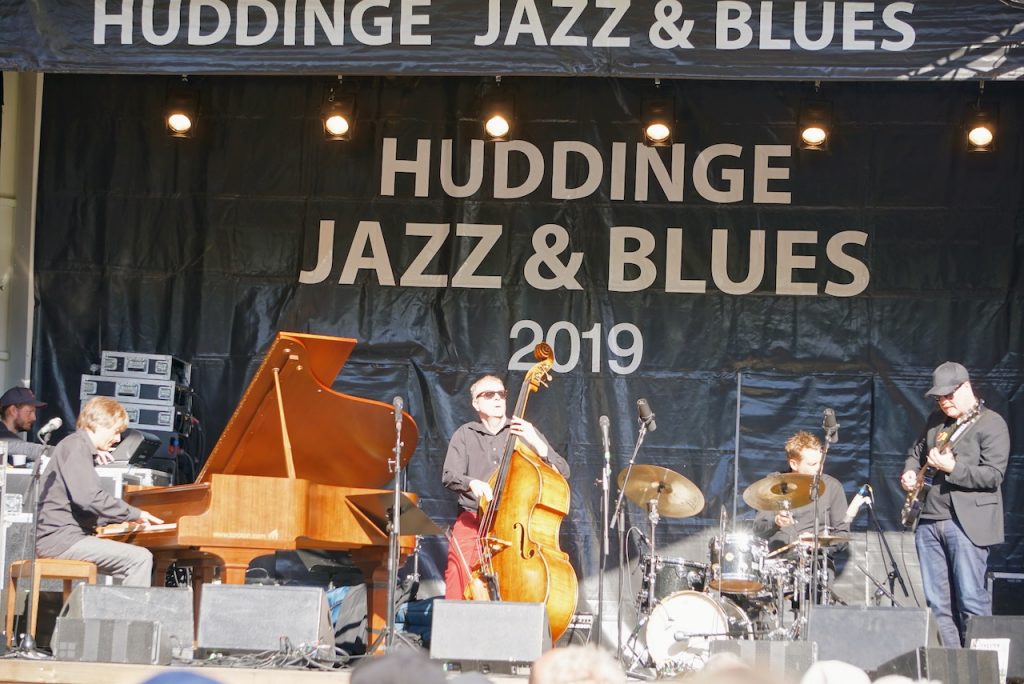
Next, there were five days & nights at a hotel in South Tirol, Italy, with my German-American reunion group.
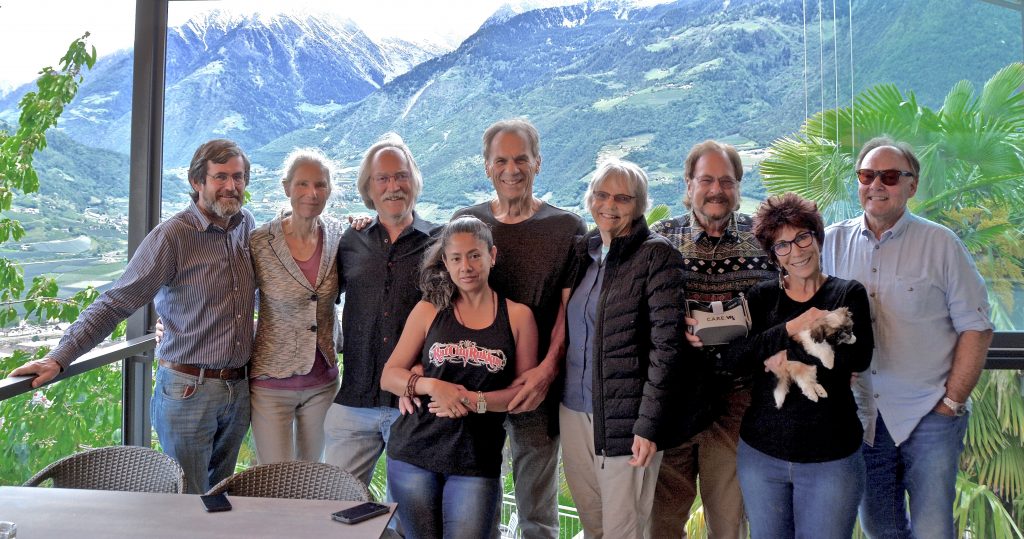
Next, two nights at The Tirtha Cultural Center near Verona, Italy, which included a concert played by Susan and me.
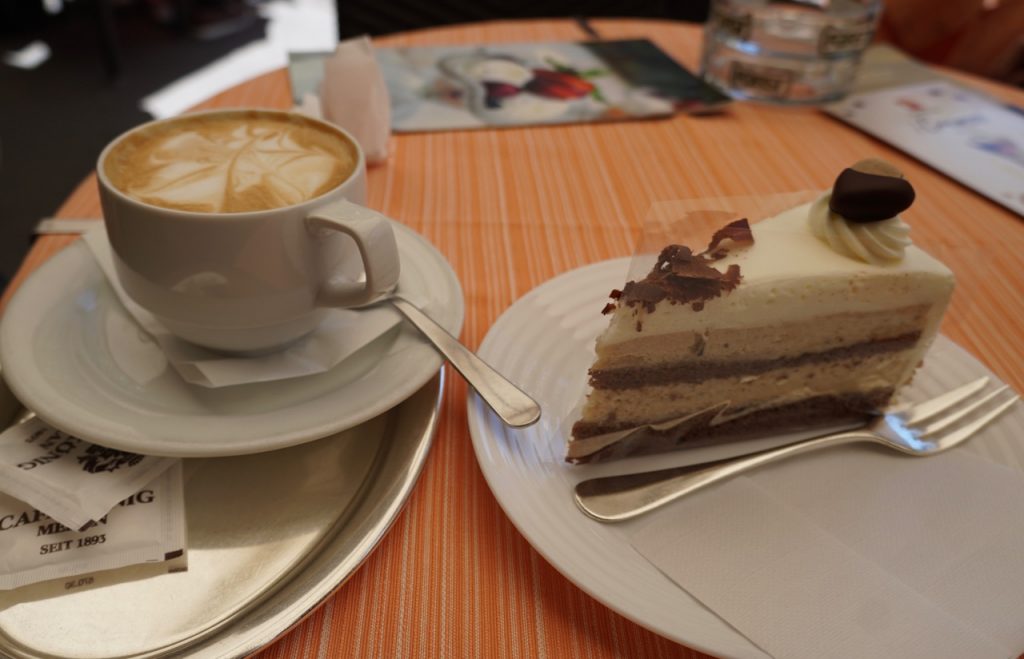
Finally, we returned to Stockholm for five days & four nights, visiting friends and being tourists.

South Tirol, Italy
I’ll examine South Tirol, this corner of Old Europe which was new to me. Before this trip, I was almost totally unaware of the distinct history of South Tirol. This German-speaking region of Italy had belonged to Austria for centuries, up until the end of World War I, when it was separated from Austria and given to Italy. The Tirolians did not accept this involuntary change of nationalities. During World War II they hoped that Hitler would bring Tirol back into the German empire. Following the end of WWII, there was an independence movement up into the Nineteen-Eighties, which committed bombings, assassinations, and other terrorist acts, seeking to force Tirol’s separation from Italy. However, when the Berlin Wall fell in 1989, and the UN certified the new German boundaries to encompass East and West Germany, South Tirol remained a part of Italy. Thus, there was a grudging acceptance by its people of its status as part of Italy. To this day, its Germanic cultural roots are maintained. German is the mother tongue of its residents. Family names and street names are mostly Germanic. Road signs are in German with Italian text underneath.
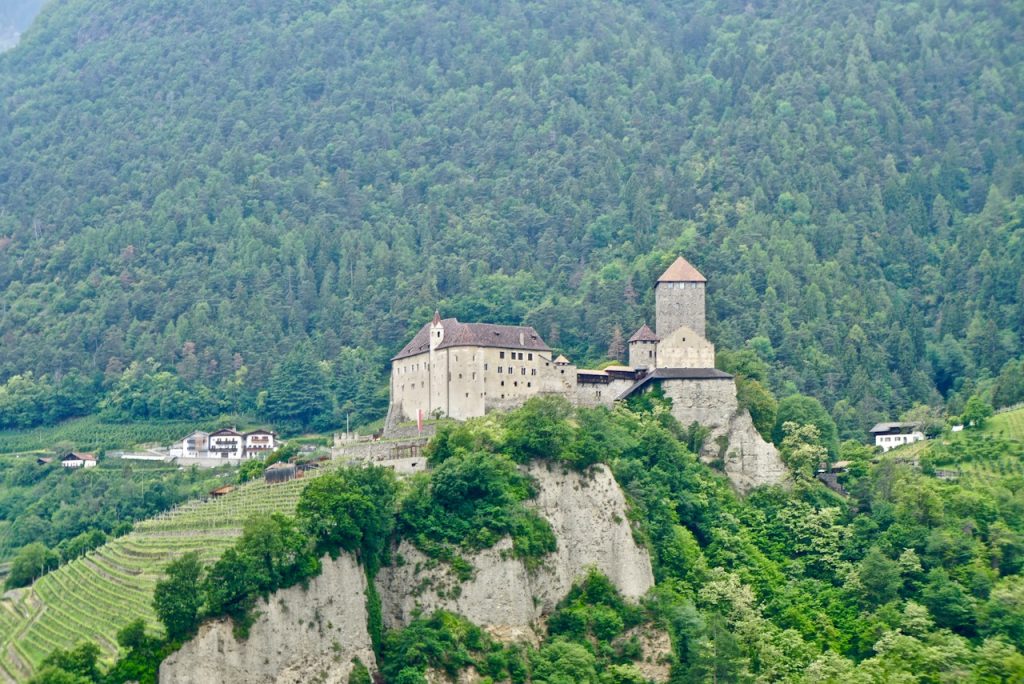
One only has to take the memorable chair lift from South Tirol’s Panorama Hotel into the village of Mirano (German: Miran) to encounter Italian-speaking Italians (though most of them are tri-lingual, speaking Italian, German, and English). Pasta meets schnitzel. Great beer meets great wine. Despite its troubled history, South Tirol and the town of Mirano constitute one of the most pleasant vacation spots we have ever visited. Because tourism is the region’s biggest industry, there is no trace of the previous Austro-German-Italian ethnic animosities toward each other. Instead, there is the leisurely pace of living characterized by overflowing sidewalk cafes filled with tourists and locals.

Ötzi: the world’s best preserved prehistoric human
The Italian town of Balzano is located a half-hour’s drive from Merano. It is the location of the Ötzi Museum, home to the 5300-year-old (determined by Carbon-14 dating) desiccated carcass of a pre-historic inhabitant of this beautiful region, named Ötzi by his discoverers. His body is the best preserved primitive man ever discovered.

An MRI of Ötzi’s body revealed that he died as the result of an arrow whose head remains lodged in his body. His body showed signs of other recent physical traumas, but the arrow most likely caused him to quickly bleed to death. His murder occurred high up on a glacier in the mountains near the current Italian-Austrian border. His body was quickly covered by snow and ice, and was thus frozen, preserving his remains better than any other prehistoric human remains ever discovered. Besides his body, his clothes, shoes, tools, and weapons were also preserved. He carried a fire-making kit, a knife/carving tool, and an unfinished bow which he had begun carving but never finished. His organs were preserved well enough for scientists to determine Ötzi’s general diet, as well as the meal he had eaten shortly before his death.
Ötzi died around the age of forty-five, quite an old age for his time. His life was difficult. He coped by hunting and gathering. He carried wood chips and sparking stones to strike in order to make fire. And finally, he was killed by one or more enemies while walking high on the glacier. The murderer probably attempted to retrieve his arrow pulling it from Ötzi’s body, leaving the shaped stone arrowhead embedded in Ötzi’s shoulder. The arrow shaft was never recovered.
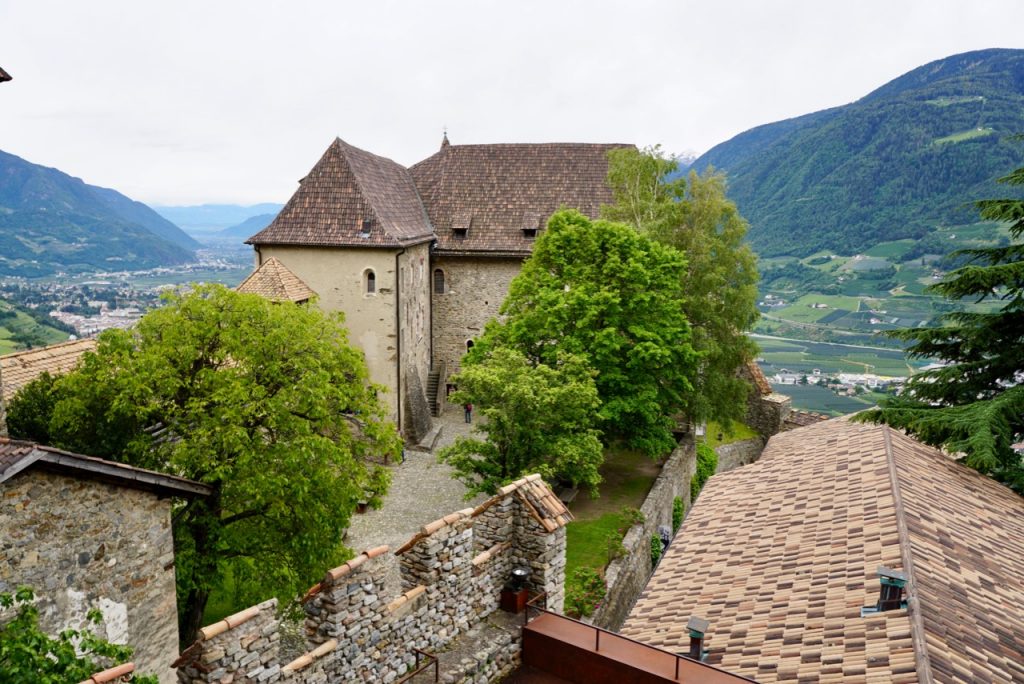
Tourist Highlights
We spent the days in South Tirol hiking and driving around the region, which is bounded on one side by the Alps and on the other by the impressive Dolomite Mountains. One of the major joys of visiting this region is the ubiquitous abundance of the finest beers and wines in the world, sold at a very reasonable price. I think it’s safe to say that many residents and visitors to the region are continuously under the influence of alcohol. I include myself in that group.
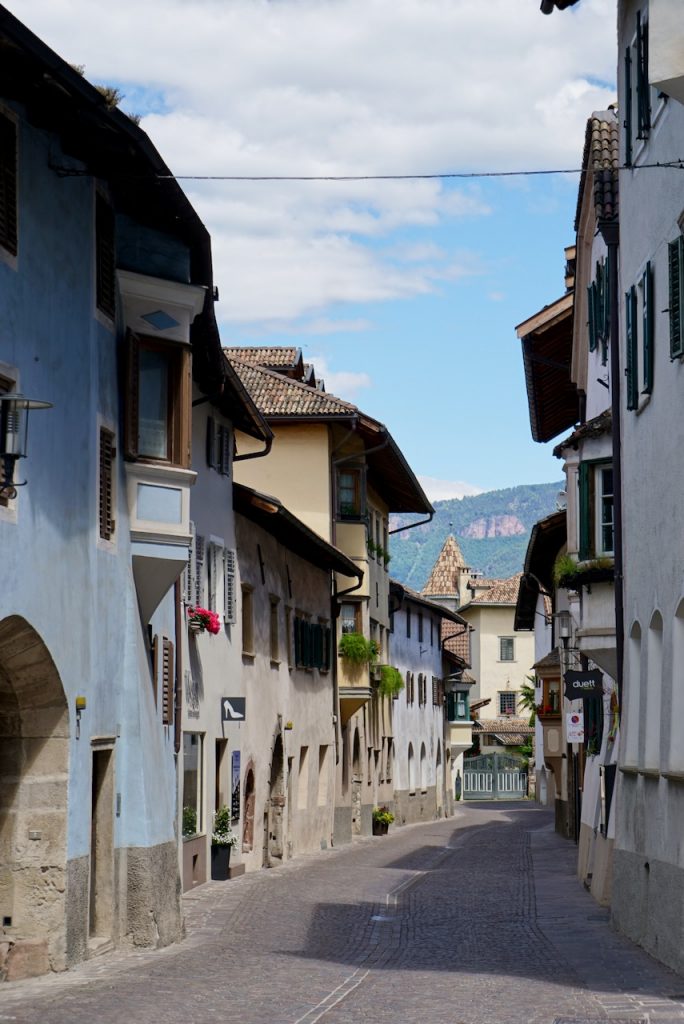
The choice of South Tirol as a vacation destination was the result of its being chosen by my annual German-American reunion group, the Kieler Old Farts. We all met as students during the early seventies while enrolled at the university in Kiel, Germany. Kiel is located on the Baltic Sea just an hour’s drive south of the Danish border.
The KOF’s have been meeting semi-annually and finally annually (We’re getting older!) for the last decade and a half. It’s a little like a college class reunion. We check in with each other as to major events in our lives. Then, over beer and wine, we recount old memories and discuss plans for the future. After all, we are the survivors of our larger group. Some of our old acquaintances are sick, have died, or otherwise can’t afford the expense of traveling every year. When we first started having our reunions, we alternated between Europe and the US. But lately, Europe has more new and interesting locations to offer than the US, since we’ve already had reunions in hometowns in the US of several KOF’s. (We had a reunion in Reno eight years ago.) Our reunion for 2020 will take place on the Mediterranean island of Mallorca.
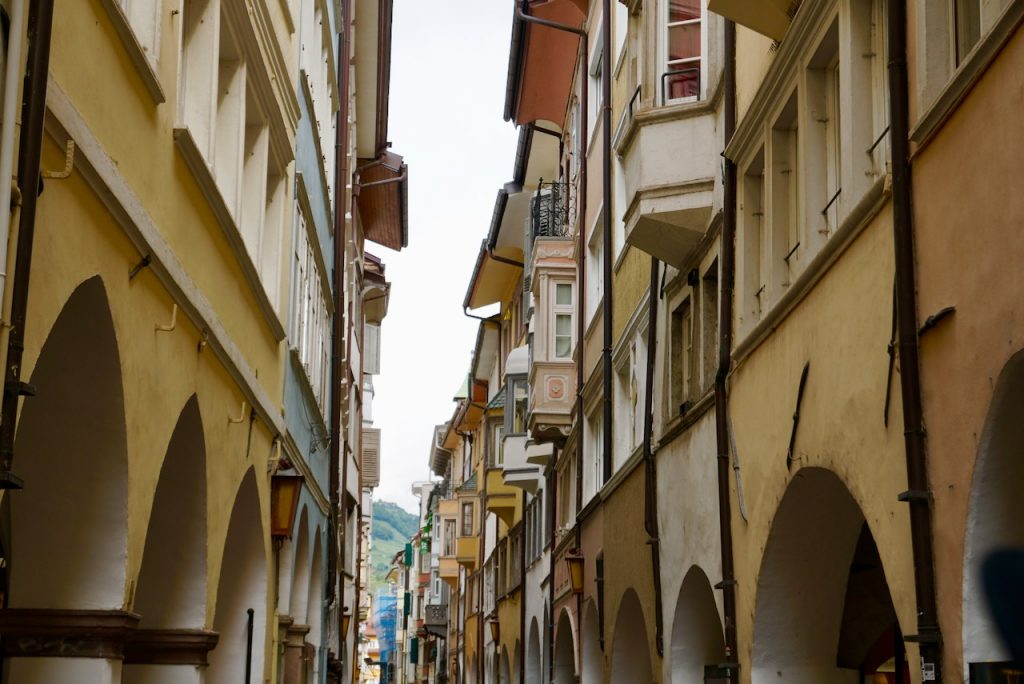
One highlight of the trip was the opportunity for Susan and me to play a concert at a lovely cultural center called Tirtha. Almost forty years ago, while living in Marin County California, I instructed a young Italian man, Lorenzo, to begin to play the Indian bamboo flute. I was enrolled at the Ali Akbar College of Music during those years. Since then, Lorenzo has become perhaps my most successful student. He is a professor teaching flute at a conservatory, as well as making and selling bamboo flutes. He is Italy’s “Mr. Bamboo Flute.” Lorenzo volunteered to arrange our concert at the cultural center, located in a village suburb of Verona. He even found a harp for Susan. An Italian tabla player joined me for the first half of the concert featuring Indian classical music, followed in the second half by Susan’s and my jazz. Our music was well received. The concert was made even more special by the presence of two dear longtime friends from the US and Germany.
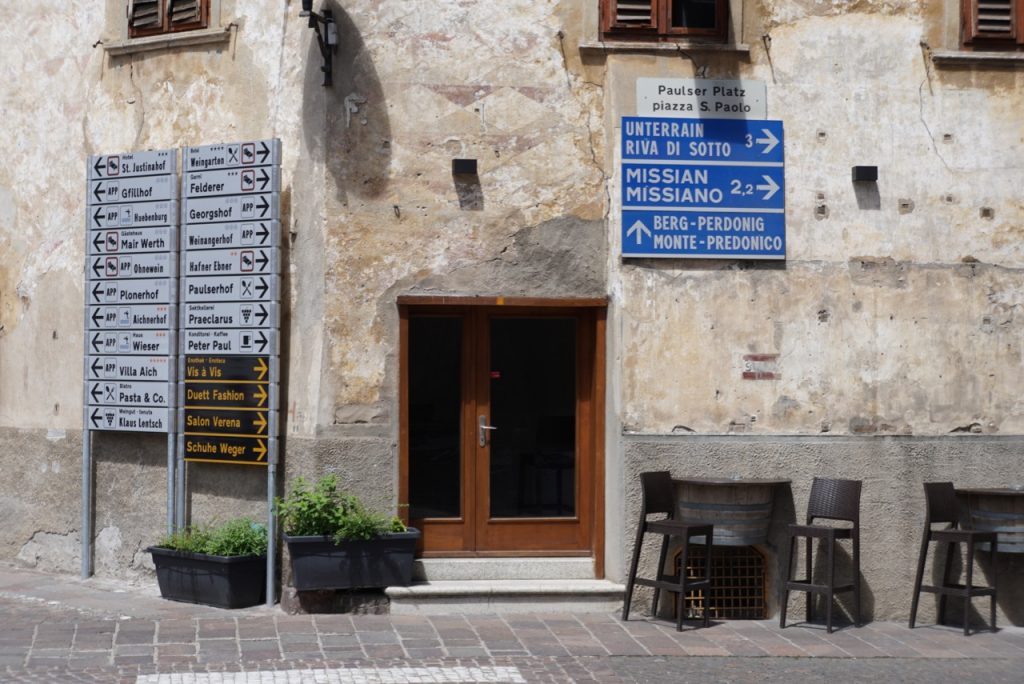
The Arc of History
Italy represents the best of “Old Europe.” Europeans in almost every country are constantly reminded of their histories every day. They are surrounded by numerous centuries-old buildings, including cathedrals, castles, palaces, and fortresses. In the older villages, the roads are narrow, often one-lane, constrained by the old buildings on either side. Art is everywhere…paintings, sculptures, and structures that can be considered works of art. The centers of many European cities are limited to pedestrians only. This supports their numerous sidewalk cafes.
In the background, but never receding completely, is the long arc of history. European history is replete with wars, revolutions, and conflicts. Europe also has given rise to a prodigious number of thinkers: writers, philosophers, composers, sculpturers, painters, theorists, and eccentrics. Practically every city and town has one or more museums, paying tribute to their individual culture and histories. Many different languages and cultures coexist in an area smaller than the area of the US. After centuries of turbulent history, the recent years under the umbrella of the European Union (EU) have resulted in the longest period of peaceful coexistence in European history.
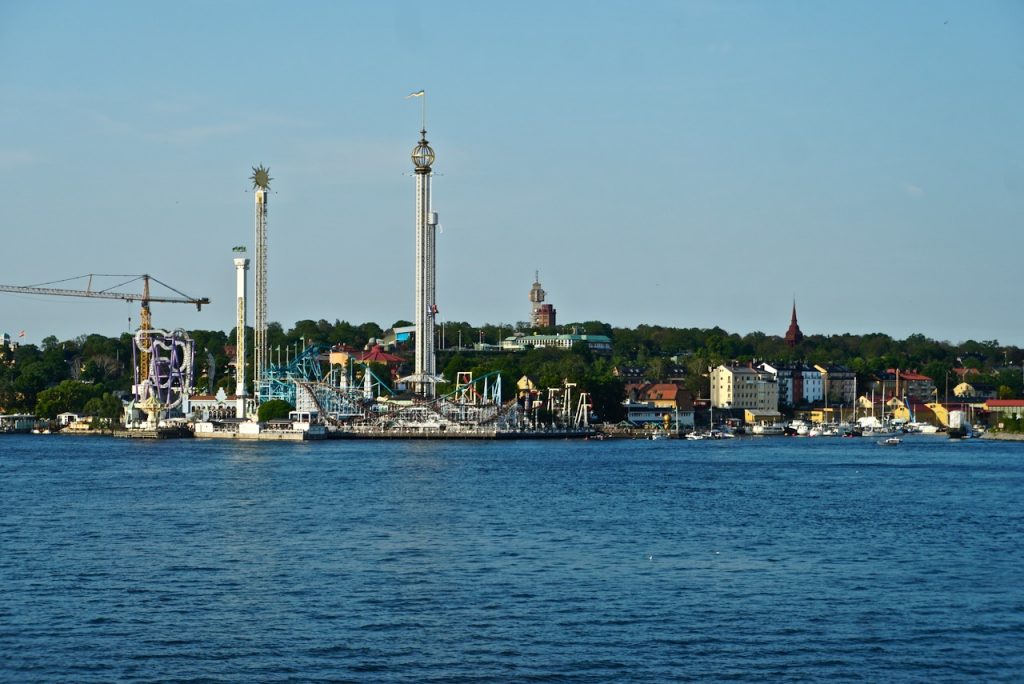
Sweden: New Europe
By contrast, Sweden to my mind presents the epitome of “New Europe,” the part of Europe that is most modern, socially progressive, and ecologically-minded. Sweden is very rich in natural resources, especially water and forests. In our Stockholm hotel, I attempted to improve my Swedish by watching Swedish Television’s Channel Two, their government-supported arts and current affairs channel. During the morning they broadcast live sessions from the Swedish Parliament (Riksdag), not unlike our C-Span. I happened to watch a hearing on the preservation of Swedish forests (which necessarily includes the management of water resources). Wood products are a major Swedish export. This government hearing, complete with a Powerpoint presentation, reviewed the range of products derived from the forests, as well as the threats posed by climate change and the necessary measures needed to preserve their forests. Just like in California and other Western states, Sweden suffered record forest fires last summer, stoked by an unusually dry warm season.
I couldn’t help thinking: I wish our US government would work to protect our natural resources with the zeal of the Swedes. Practically the only time forests are mentioned in the US Congress is when the small minority of Congressional environmental advocates seek to oppose the petroleum and mining industries’ mines, refineries, and pipelines that consistently damage or destroy our forests and wetlands. National forest lands administered by the Bureau of Land Management are often opened to industrial development.
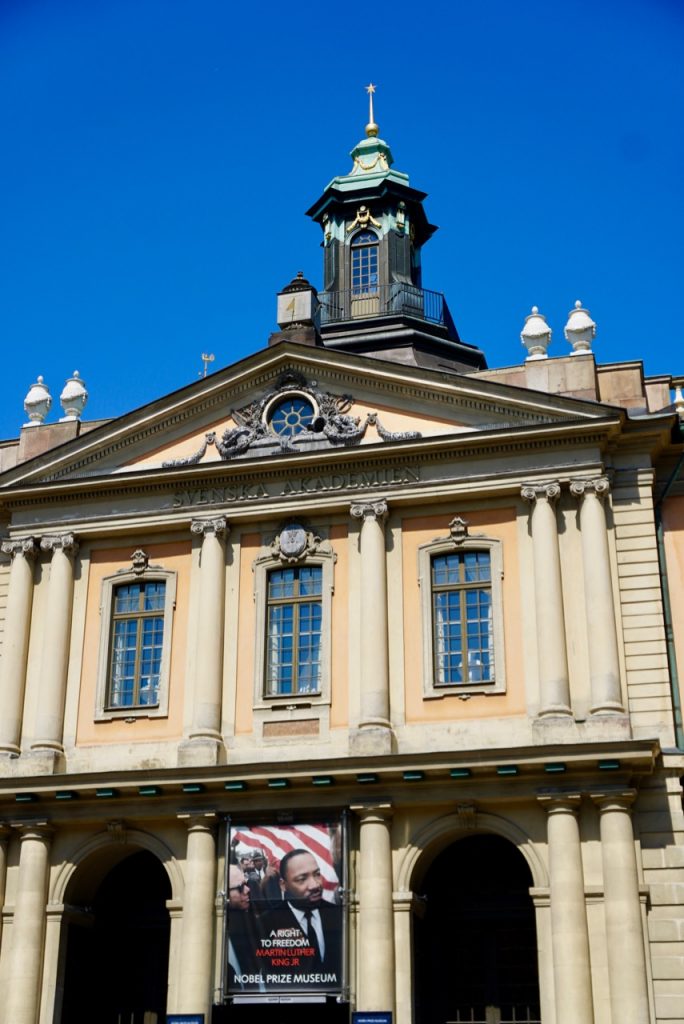
The Nobel Prize Museum
In all my many years visiting Sweden, I had never visited the Nobel Prize Museum. Finally, we did it! During this season of 2019, the Nobel Prize Museum is featuring an exhibition celebrating the life of Dr. Martin Luther King, Jr. MLK was awarded the Nobel Peace Prize in 1964. He was assassinated in 1967. The exhibit illuminated the violence perpetrated on blacks by Southern police and Southern society in general by photos from the Selma march and other demonstrations. They broadcast MLK’s “I have a dream” speech on a loop. Having grown up in the segregated South only about eighty miles from Selma, Alabama, this affected me deeply. Americans can’t be allowed to forget how terrible those times were for people of color. Montgomery, Alabama, has a new museum which documents the long shameful history of lynchings in the South. This is the South’s counterpart to the many Jewish Holocaust museums around the world. Thousands of blacks died at the hands of white mobs, racist individuals, and the KKK under slavery and during the “Jim Crow” period. This is the legacy of centuries of slavery, labor of enslaved Africans that built our country.
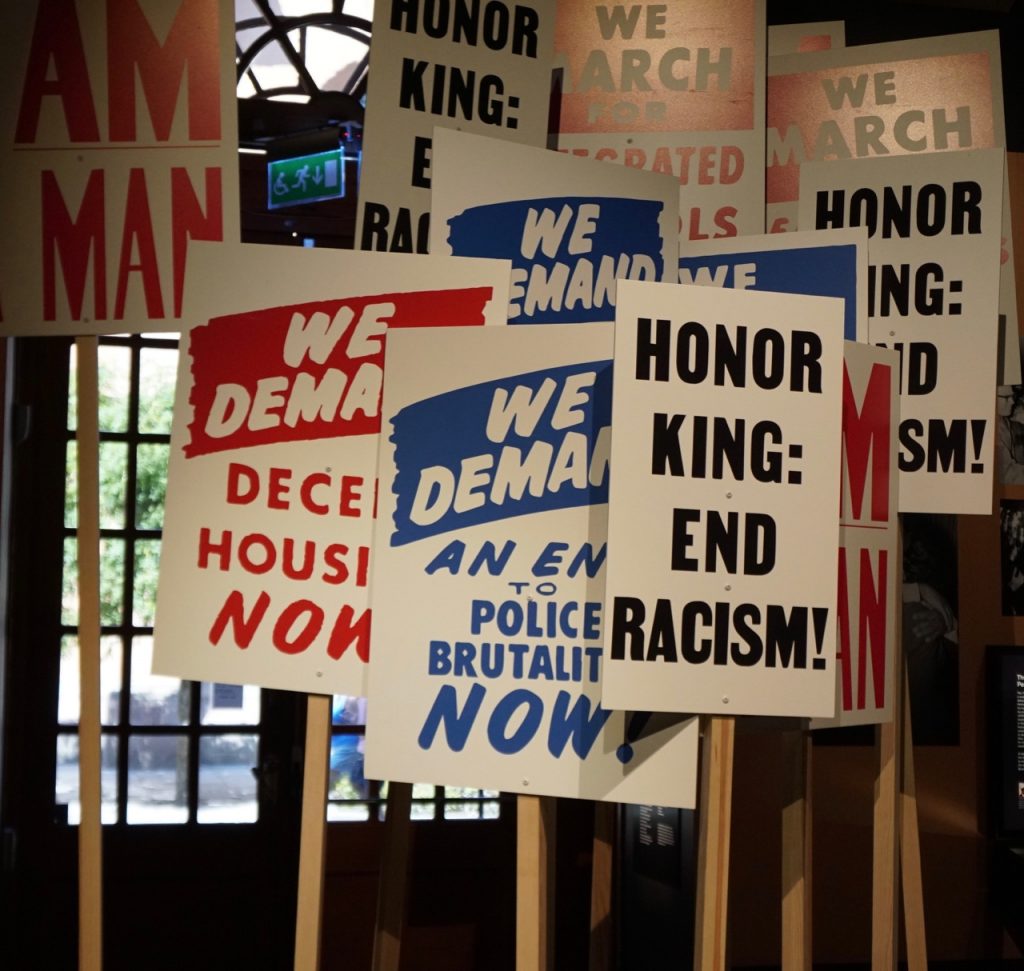
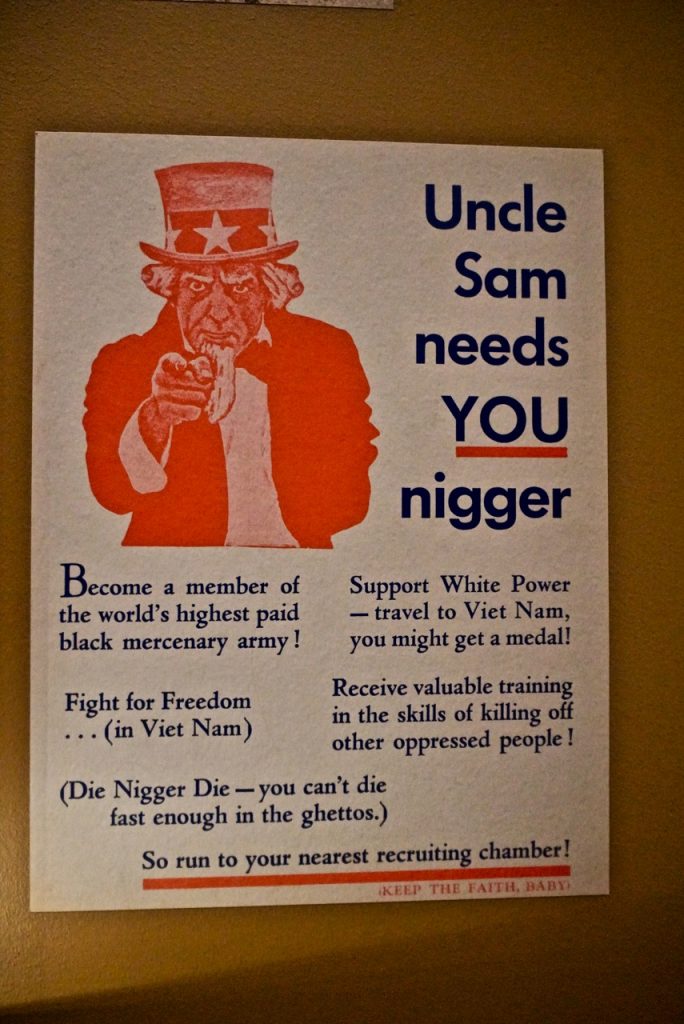
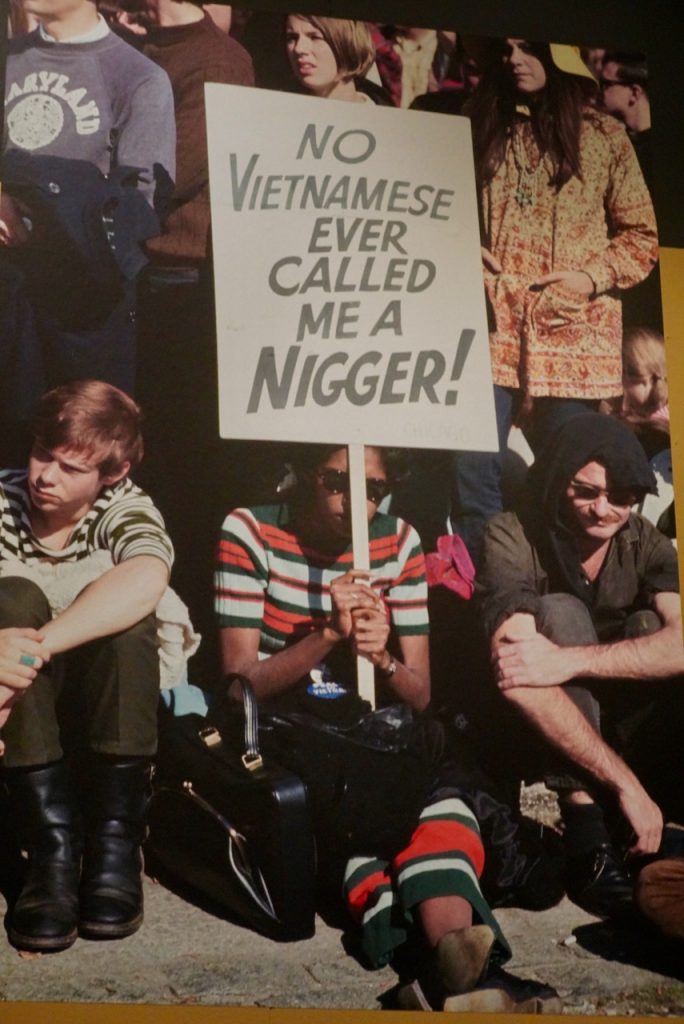
The Nobel prize was established in 1901 by Alfred Nobel the inventor of dynamite. At that time Sweden and Norway were one country under the same king. Nobel wrote in his will that while the scientific prizes would be decided and awarded in Stockholm, the Nobel Peace Prize would be decided and awarded in Oslo. Nobel attempted to atone for the misery and deaths in wars caused by his invention, in spite of the good uses for dynamite. He feared his own obituary only speaking of the destruction caused by his most famous invention.
Women make up only about 5{bf249dfdd09a1798812467d1b6a3ef7a33c47359bd28517191144d5320771815} of Nobel prize winners. Madame Curie is the only person to ever win separate prizes in two scientific fields, chemistry and biology. People receiving Nobel prizes are called laureates, not winners, in order to proclaim that there is not a competition for the prize. There are no runners-up. Nobel prizes are only awarded to living persons. They are intended to encourage and support continuing work by the laureates in their respective fields.
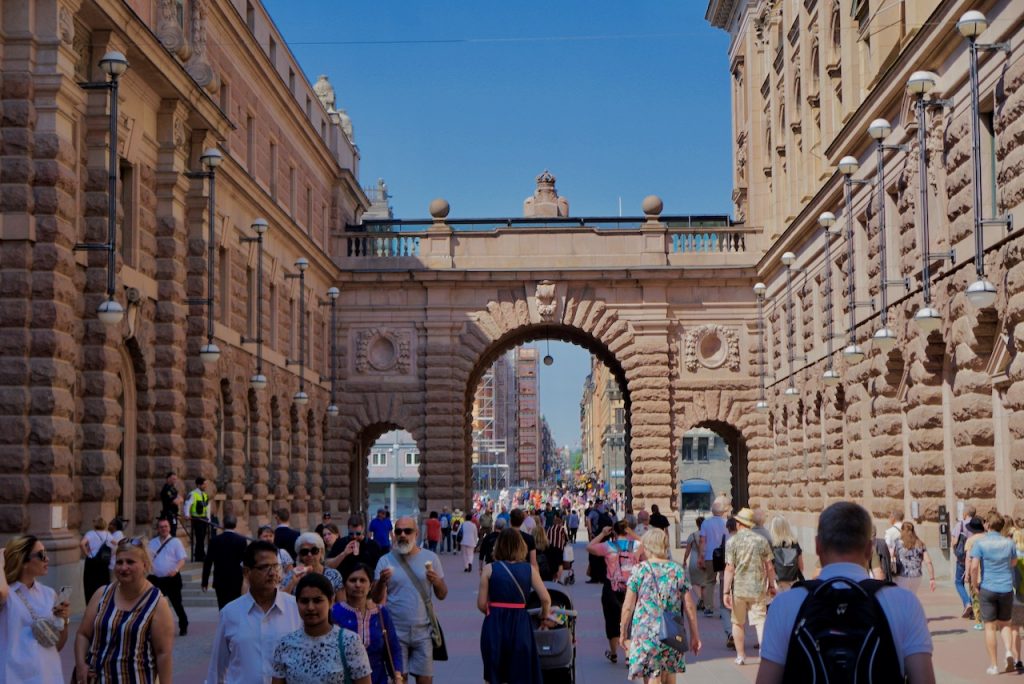
The origin of Scandinavia’s progressive social justice attitudes
During World War II, Hitler’s military invaded and occupied Norway for several years. But as the tides of war turned, the Nazis were forced to retreat to Germany. As they withdrew, Hitler ordered a “scorched-earth” policy, in which every building, house, or structure was flattened. We saw photos of the town of Hammerfest right after the war which showed the town in total ruin. The Norwegian government feared that Norwegians in the regions whose homes had been destroyed would abandon the northern half of the country and migrate to Oslo and points south, potentially creating a social crisis. To counter this possibility, the Norwegian government committed to building livable housing for every family. These was one of the big historical events that led to the spirit of egalitarianism in Scandinavia. After the ravages of World War II, the societies united to rebuild together, seeking to create societies of shared values in which every person deserves a safe place to live, sufficient food, and healthcare. There should be no discrimination on the basis of race, country of origin, or citizenship status.
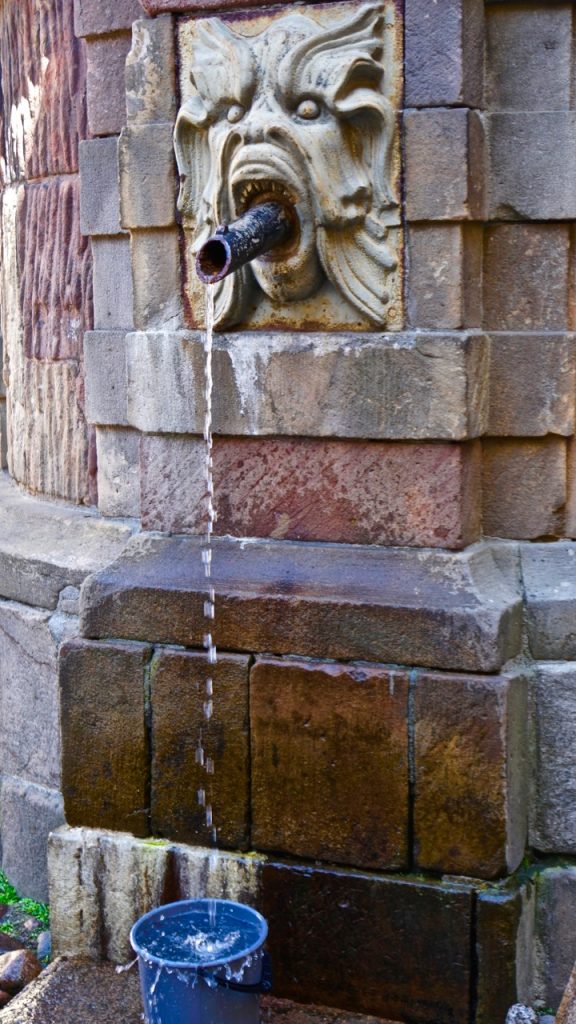
I’ll never forget being told by a Norwegian healthcare official, in the course of a hospital tour, that I didn’t have to worry about getting sick or injured in Norway. “Healthcare for me would be free in every circumstance.” I don’t know if Sweden’s healthcare system is as generous as Norway’s. However, all the Swedes that I know who have gotten sick while in the US have hurried back to Sweden for their healthcare. It’s not a question of the quality of American scientific medicine. America’s healthcare problems stem from issues of cost (financing/reimbursement/insurance coverage) and access (the “wallet biopsy”) that affect every person forced to seek care within the American healthcare system.
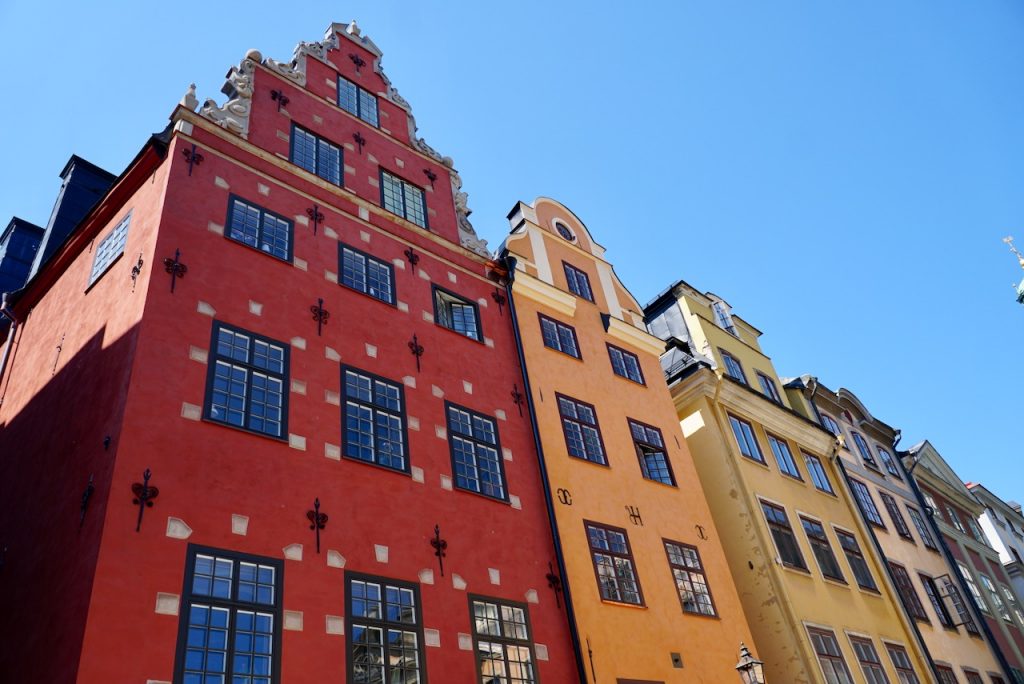
Sweden (along with Switzerland) stayed neutral in World War II. Since Sweden was never bombed, at the end of the war, all its factories were fully functional. This led to the Swedish “economic miracle” which gave rise to such world famous companies as: Volvo, Saab, Eriksson, Electrolux, Husquarna (tools), and Absolute (vodka). Sweden’s high productivity made its high standard of living available to all. One doesn’t see slums or depressed neighborhoods in Sweden. It’s high taxation rate and relative smallness in size have given Sweden a much more uniformly high average standard of living than in the US.
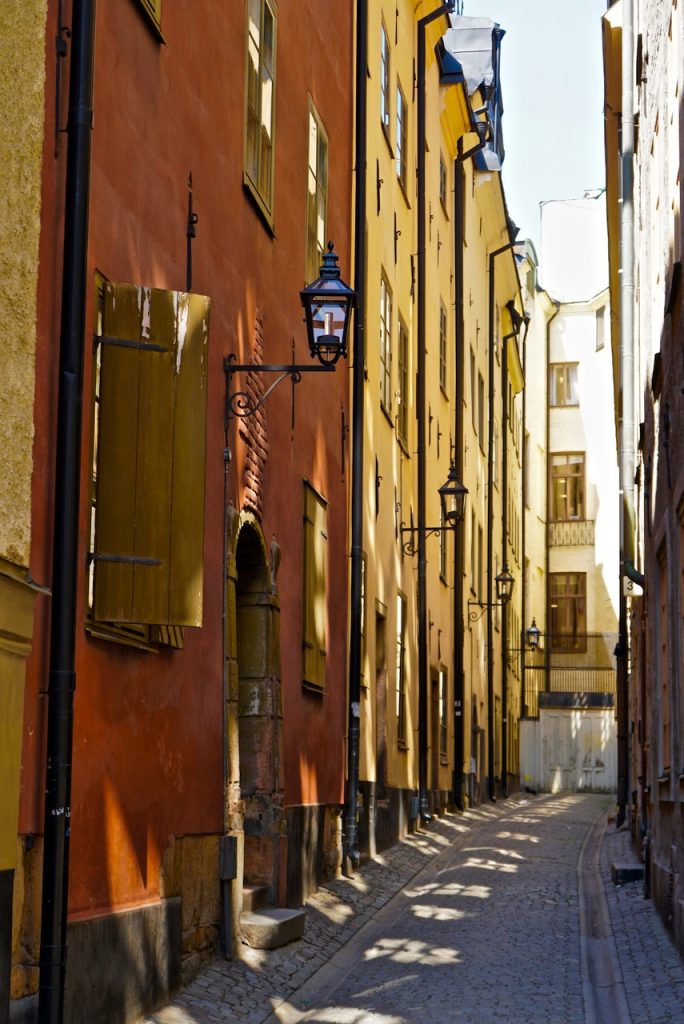
The US economy is dependent on low wage workers who, if they only earn minimum wage, are mired in poverty for life. This is why the Scandinavian model of a capitalist system with a strong array of government services is attractive to so many American young people who don’t accept the supposition that the US can’t afford to provide healthcare and education to all. The result is that Americans as a society are more unhealthy and uneducated than Swedes and other Scandinavians are. American opponents of strong government programs such as Sweden’s free healthcare, free university education, good public transport, support for the arts, and resource conservation, condemn all such programs as “socialist.”
Anything that governments do to help all people, such as policemen, firemen, electricity distribution, water management, highways, regulations that ensure safe foods and products, etc., are just as “socialist” in America as the programs that are condemned in Scandinavia. Despite being a richer country, the US acts as if we can’t afford programs that would benefit all residents. Scandinavians use their higher taxes to benefit all residents, including immigrants. The US is not really poorer than Scandinavian countries. It’s just that we spend a much greater proportion of our taxes on our military, as well as collecting almost no taxes from many of the largest most profitable American corporations.

0 Comments on Old & New Europe: Italy & Sweden in 2019
Join the Conversation